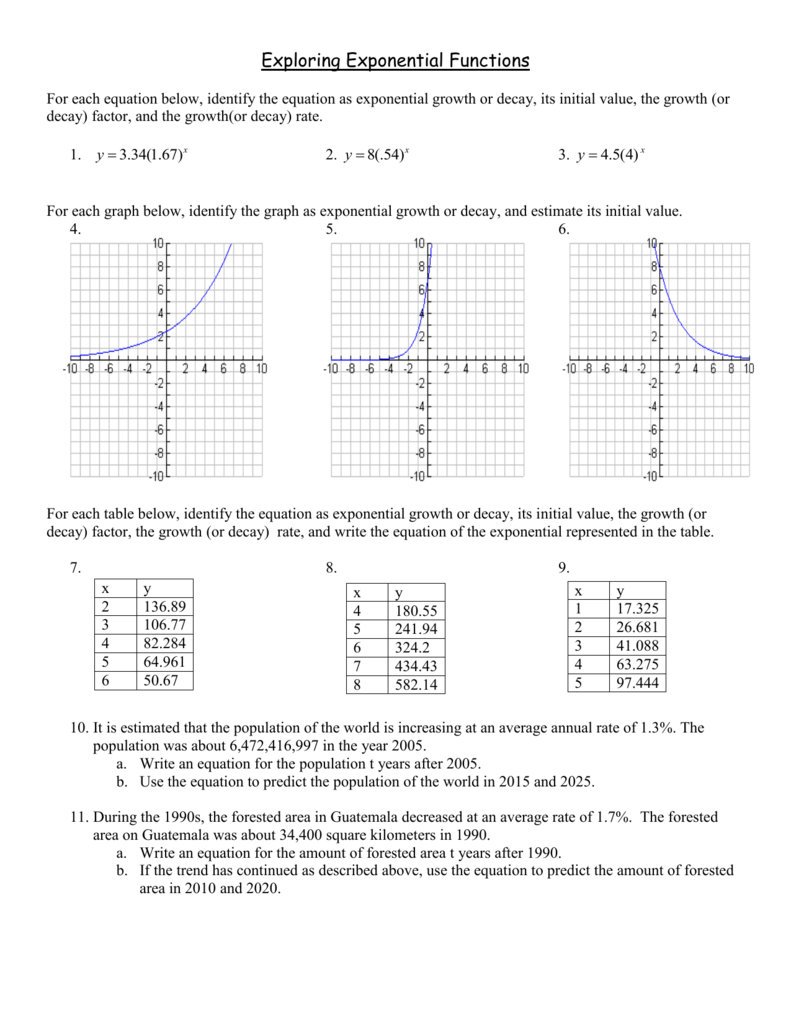
#EXPONENTIAL FUNCTION GRAPH HOW TO#
But, so you have access to all of the information you need about exponential functions and how to graph exponential functions, let's outline what changing each of these variables does to the graph of an exponential equation. In this lesson, we'll only be going over very basic exponential functions, so you don't need to worry about some of the above variables. The above formula is a little more complicated than previous functions you've likely worked with, so let's define all of the variables.Ī – the vertical stretch or compression factorĭ – the horizontal stretch or compression factor Y = a b d ( x − c ) + k y=ab^+k y = a b d ( x − c ) + k Now that we have an idea of what exponential equations look like in a graph, let's give the general formula for exponential functions: That is because as x increases, the value of y increases to a bigger and bigger value each time, or what we call "exponentially". In the case of y = 2 x y=2^x y = 2 x and y = 3 x y=3^x y = 3 x (not pictured), on the other hand, we see an increasingly steepening curve for our graph. That is why the above graph of y = 1 x y=1^x y = 1 x is just a straight line.


As you can see, for exponential functions with a "base value" of 1, the value of y stays constant at 1, because 1 to the power of anything is just 1. The table of values of y = 1^x and y = 2^xĪbove you can see three tables for three different "base values" – 1, 2 and 3 – all of which are to the power of x.


 0 kommentar(er)
0 kommentar(er)
